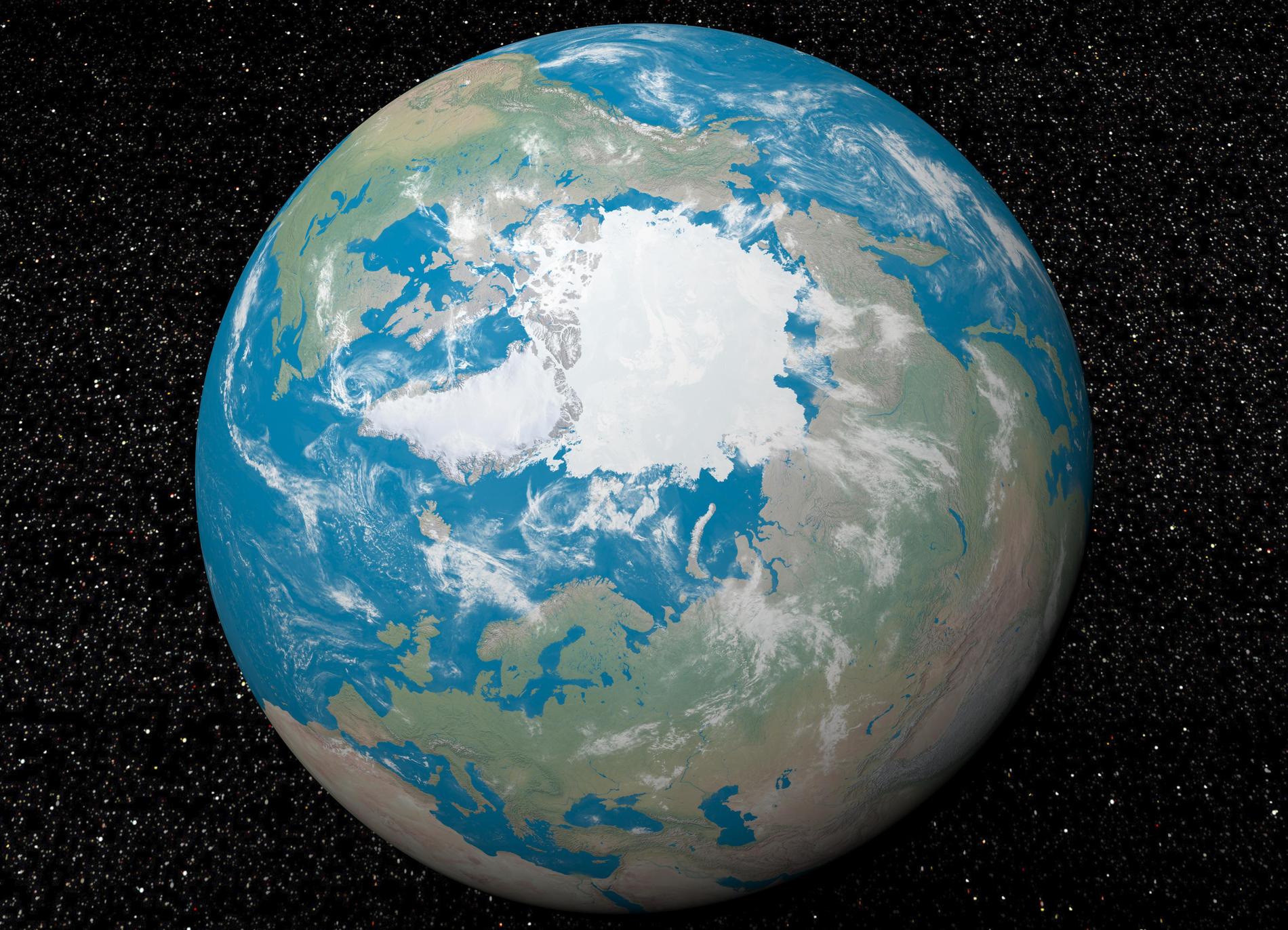
Research & science
The alarm: It's too late
Of:
Nelly Kronstrand
Published: Less than 1 hour ago

NEWS
The arctic summer ice is beyond saving and the climate crisis is a fact.
This is stated by several researchers in a new report.
- People did not listen to our warnings.
Unfortunately, it has become too late to save Arctic summer sea ice, says research author Dirk Notz to The Guardian.
The world must prepare for the extreme weather that will come after the arctic summer ice melts away.
This is what several researchers write in a new forecast report published in the journal Nature Communications, The Guardian reports.
Furthermore, they write that it does not matter if the emissions of greenhouse gases would decrease dramatically or if the climate agreement on the 1.5 degree target is complied with - because the ice is beyond saving.

Dirk Notz at the University of Hamburg. Photo: K Saint Pere/Universität Hamburg
- As scientists, we have been warning about the loss of Arctic summer sea ice for decades, says Dirk Notz, professor at the University of Hamburg, who has co-authored the report.
Caused by man
Since the 1970s, scientists have followed the Arctic ice melt annually through satellite images. Through an overview, the images show that the summer ice has shrunk by 13 percent every ten years.
The new research now indicates that it is global warming, caused by man, that accounts for 90 percent of that melting - and that natural factors account for the remaining percent.
Ice-free summer – already in seven years
According to the forecast, the first ice-free summer will come around the year 2030.
Which is a decade earlier than what the researchers expected and what previous research has shown.
- People did not listen to our warnings. Unfortunately, it has become too late to save Arctic summer sea ice. This will be the first major component of the climate system that we lose due to our emissions of greenhouse gases, says Dirk Notz.

FACTS
Has warmed up two to three times faster
* The Arctic is the polar region that surrounds the North Pole. The Arctic includes the northern coast of Siberia, the European coast of Russia, the northernmost part of Norway, most of Iceland, all of Greenland, the northern coasts of Canada and Alaska, and the Arctic Ocean (Arctic Ocean). The sea is filled with drift ice and solid ice, and the land areas are covered to large extents by snow, glaciers and ice sheets.
* A report from the WWF in April 2019 showed that the Arctic is warming two to three times faster than the rest of the world.
* Source: NE, WWF, TT.
Inga kommentarer:
Skicka en kommentar